Rapunzel FairyTale: Full Text Story, Video in English Version, Life Lessons
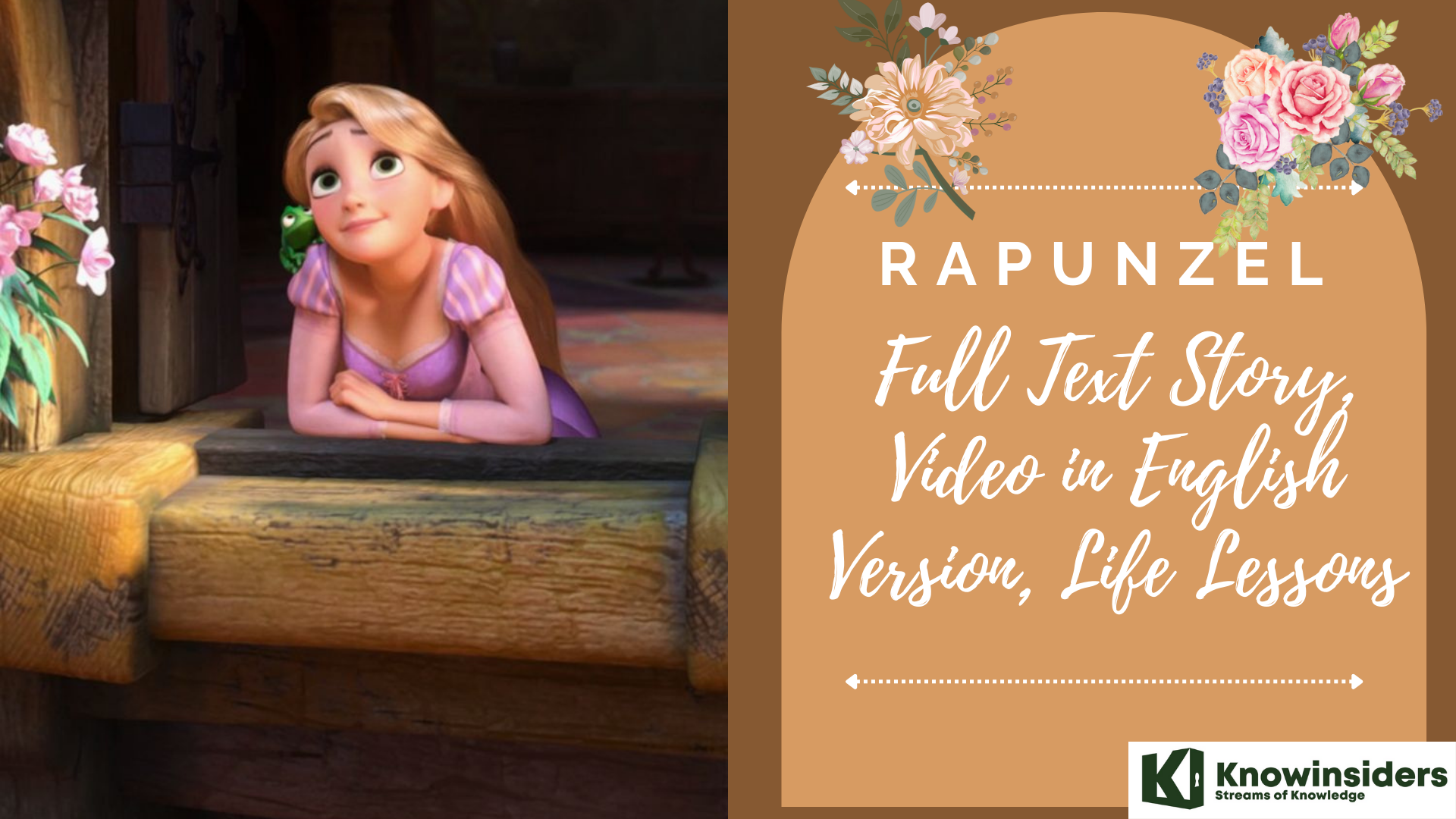 |
| Rapunzel FairyTale: Full Text Story, Video in English Version, Life Lessons |
Rapunzel is a German fairy tale recorded by the Brothers Grimm and first published in 1812 as part of Children's and Household Tales (KHM 12). The Brothers Grimm's story is an adaptation of the fairy tale Rapunzel by Friedrich Schulz (1790) that was a translation of Persinette (1698) by Charlotte-Rose de Caumont de La Force, which was itself influenced by an earlier Italian tale, Petrosinella (1634), by Giambattista Basile.
The tale is classified as Aarne–Thompson type 310 ("The Maiden in The Tower"). Its plot has been used and parodied in various media. Its best known line is, "Rapunzel, Rapunzel, let down your hair".
Rapunzel: Video in English Version
The Origins of “Rapunzel”
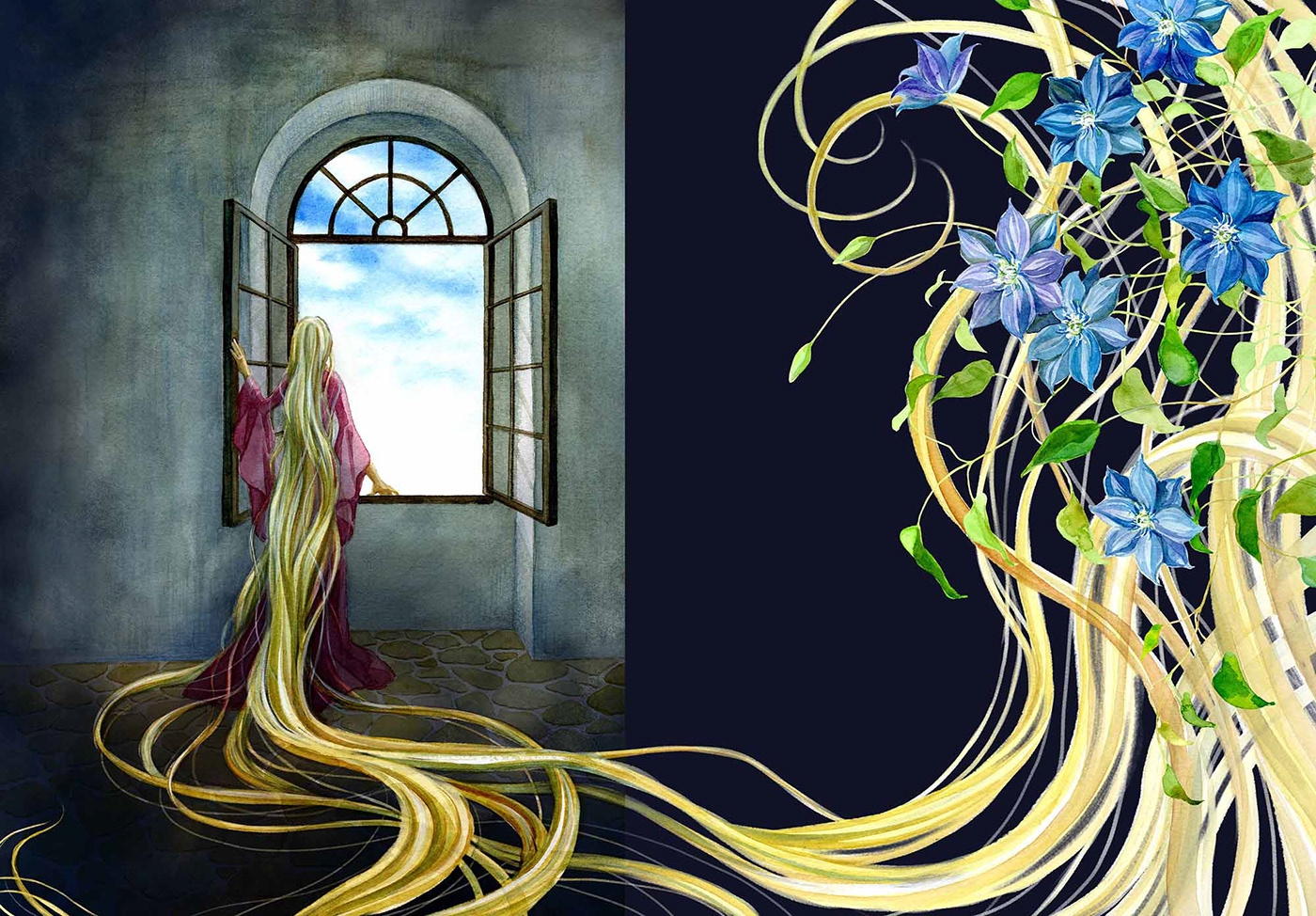 |
| Photo: Behance |
Rapunzel, Rapunzel, let down your hair!
It’s a story we all know – a girl imprisoned in a tower who only lowers her hair for the one that knows her name. But just where did this story originate from?
Mythology brims with tales of women locked in towers including heroines like the Greek Danaë, imprisoned by her father to stop a prophecy, the Persian Rudāba, whose lover scaled her hair, or the Irish Ethniu.
But it’s not until we travel back 178 years before the Brothers Grimm published their classic work Children’s and Household Tales, we discover the familiar tale.
Lo Cunto de li Cunti (The Tale of Tales or Pentamerone) was a special Italian collection of Neapolitan folk tales published in 1634. Giambattista Basile, an Italian soldier and courtier, wrote the novel drawing from the folklore of Naples. Amongst the stories in the novel was a tale about a girl in a tower named Petrosinella.
In Basile’s version, we meet the heroine’s mother, Pascadozzia, who sells her child to an ogress to save her own life after stealing the ogress’ “petrosine” or parlsey. Petrosinella grows into a seven-year-old girl when the ogress finally takes her away and locks her in a tower. When the heroine meets a prince, they try to escape together, but the ogress comes after them. Petrosinella saves the day using magical acorns to summon fierce animals to attack and kill the ogress.
The story later inspired the French author Charlotte-Rose de Caumont de La Force. While living in an abbey after scandals forced her to leave French court, Mademoiselle de La Force penned La Conte des Contes. Her story came out of a time when the French salons were fascinated with fairy tales. This collection contained her own version of Petrosinella, now renamed Persinette.
Here a fairy hides Persinette in a silver tower to protect her and gives her all the luxuries she could dream of. Of course, Persinette angers the fairy by falling in love with a prince and turmoil ensues. But in the end, the fairy relents against Persinette and comes to her aid.
In 1790, the tale finally made its way to Germany through Friedrich Schulz’s book Kleine Romane (Little Novels). He kept many aspects of the French tale the same including the old woman as a kind fairy who cared about Rapunzel. Schulz also renamed the tale using the German name of a different plant altogether – rampion, which is a flowering plant eaten for its leaves and roots.
Finally, in 1812 the Brothers Grimm put out a collection of fairy tales that included Rapunzel. Their version harkened back to the darker Petrosinella story with Rapunzel trapped in a lonely tower by a cruel woman, though instead of an ogress they wrote in a controlling evil witch, Dame Gothel. They published another version with slight changes in 1857.
385 years later, Rapunzel remains one of the most recognizable fairytales and has been retold in numerous ways. The story itself has many messages and is perhaps a look at the foolish attempt to control or stop a girl from the inevitable – womanhood. It looks at the unhealthy obsessions of the jealous and spiteful (the ogress or Dame Gothel) and the ultimate healing power of love.
Rapunzel: Plot Summary
 |
| Photo: Diane Goode |
First, a quick summary of the plot of ‘Rapunzel’.
A married couple are childless, but long for a child. They live in a house which overlooks a beautiful garden in which rampion (a wildflower which used to be grown as an edible vegetable) grows in abundance.
However, the man and his wife are not allowed to go into the garden, which belongs to a wicked witch. One day, however, the wife is overcome by her desire for some rampion, so her husband sneaks into the garden and steals some, which his wife eagerly eats. The husband goes to fetch some more, but is caught red-handed by the witch, who threatens to punish him.
The husband pleads for mercy, so the witch says that if he promises to give his first-born child to her, she will let them eat as much rampion from her garden as they wish. The husband reluctantly agrees.
One day, the married couple become parents, and the witch shows up and takes the child, in keeping with their agreement. The witch calls the child Rapunzel (an alternative name for rampion), and locks away the girl in a tower in the forest. The tower has no door and only a window at the top; whenever the witch wishes to enter the tower, she stands at the bottom and says, ‘Rapunzel, Rapunzel! Let down your hair!’
Rapunzel then lets her long golden hair fall out of the window and down to the ground, acting as a ‘ladder’ which the witch can use to climb up into the tower.
A few years later, a prince is riding through the forest when he hears Rapunzel singing a beautiful song, to help her pass the time all along in her prison. He tries to find the door into the tower, but obviously has no luck, so he rides off.
But Rapunzel’s sweet song is so enchanting that he keeps returning to the forest every day to hear it. One day, he spies the witch shouting, ‘O, Rapunzel, Rapunzel! Let down your hair!’ and realises that this is how he can climb the tower and meet the singer of those beautiful songs.
So the next day he returns, shouts up at the tower, ‘O, Rapunzel, Rapunzel! Let down your hair!’, and sure enough, Rapunzel lets down her hair. He climbs up it and enters the tower.
Rapunzel is shocked to find that it’s a man (she’s never seen one before) rather than the witch, whose name is Gothel.
But the prince is handsome and when he asks her to marry him, she agrees. She also hatches her escape plan: every time the prince comes he should bring a silken rope, and she will fashion a long ladder which she can use to climb down from her prison. So, every evening the prince visits her, each time bringing a bit of rope.
But one day, Rapunzel lets slip about the prince coming to visit her, when she asks the witch why it takes her so long to climb up her hair when the king’s son is so fast. The witch, realising that Rapunzel has been found by someone else, cuts off the girl’s long golden hair in spite, and banishes her into the wilderness.
When the prince comes to the tower that evening, and says, ‘Rapunzel, Rapunzel! Let down your hair!’, the witch throws down Rapunzel’s severed locks and the prince duly climbs up into the tower – only to be met by the ugly witch rather than his beautiful bride-to-be. Seeing that his beloved has been taken from him, the prince hurls himself from the tower in his grief.
He survives the fall, but lands on some thorns which blind him. He then wanders the land blindly until one day, he comes across the place where Rapunzel, now a mother to twin children she conceived with the prince during one of their evening trysts, is living.
She weeps to see her lover without eyes, but when her tears fall on his face, his sight is magically restored. He takes Rapunzel and their children to his kingdom, where they proceeded to live happily ever after, as is often the way with these things.
 |
| Photo: Amazon.com |
Rapunzel: Analysis
The story of ‘Rapunzel’ is among the most famous fairy tales compiled by the Brothers Grimm.
Yet the version we’ve summarised above is very much the child-friendly version which the Brothers Grimm published in 1857, rather than the original from 1812, although even the sanitised version contains signs of the more adult content contained in the original tale. (In the original version, the witch discovers Rapunzel’s nightly trysts with the prince when she notices that Rapunzel has fallen pregnant.)
Even if we buy the Grimms’ reference to Rapunzel as the prince’s ‘wife’ in the bowdlerised version, and assume that they got married while she was still imprisoned in the tower, it probably wasn’t very wise to fall pregnant while trapped in a tower.
For another, the mother’s craving for rampion (or ‘rapunzel’) in the witch’s garden is ripe with sexual symbolism, suggesting a woman who is unable to control her lustful desires: her ‘appetite’ for the stuff leads her to nag her husband into agreeing to trespass into the forbidden garden, in a none-too-subtle echo of the Adam and Eve story (it’s all there: the garden, the man and woman, the forbidden zone, the inexplicable hankering for fresh produce).
It is this inability to control her desires that leads to her husband agreeing to forfeit their as-yet-unborn child to an evil witch.
It appears to have been considered unlucky to deny a pregnant woman any food that she craved, so if the mother of Rapunzel is already pregnant when she develops her taste for the forbidden rampion, one can understand the husband’s readiness to commit burglary in order to secure some of the food for his wife.
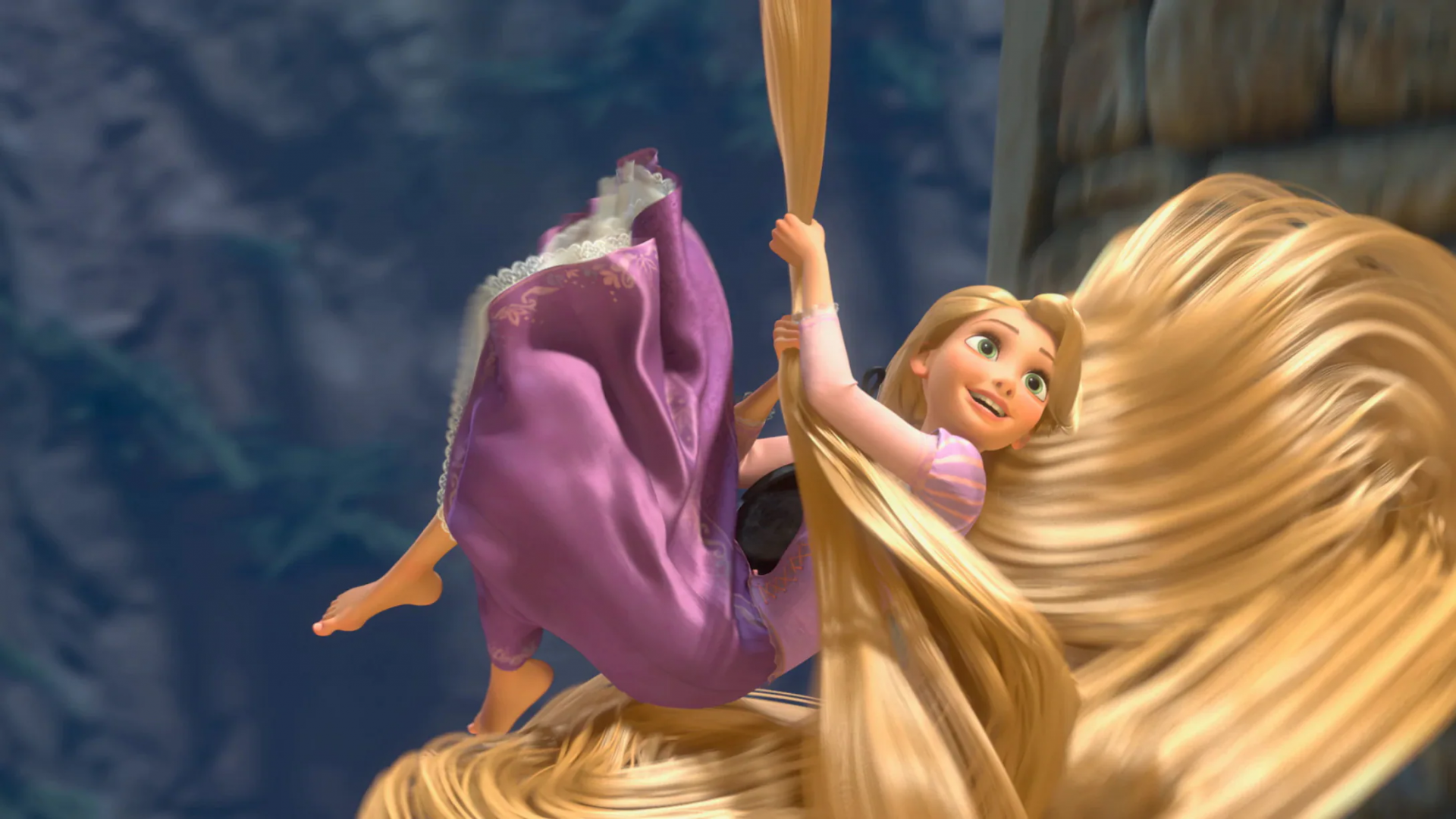 |
| Photo: Disney Princess |
Everyone ends up punished for their lust: not just Rapunzel’s mother and father, but Rapunzel herself (who loses her beautiful hair and finds herself a single mother with twins to look after in a barren wasteland) and the prince (whose eyes had lusted after Rapunzel, so he ends up losing them for his trouble; Sigmund Freud would no doubt say that this blinding, like Rochester’s in Jane Eyre, is a form of symbolic castration).
The only cure for Rapunzel and her beau is contrition and repentance, which comes in the form of her tears, which then restore his sight to him. Everyone learns a valuable lesson – one supposes.
Rapunzel: Full Text To Read For Your Kids
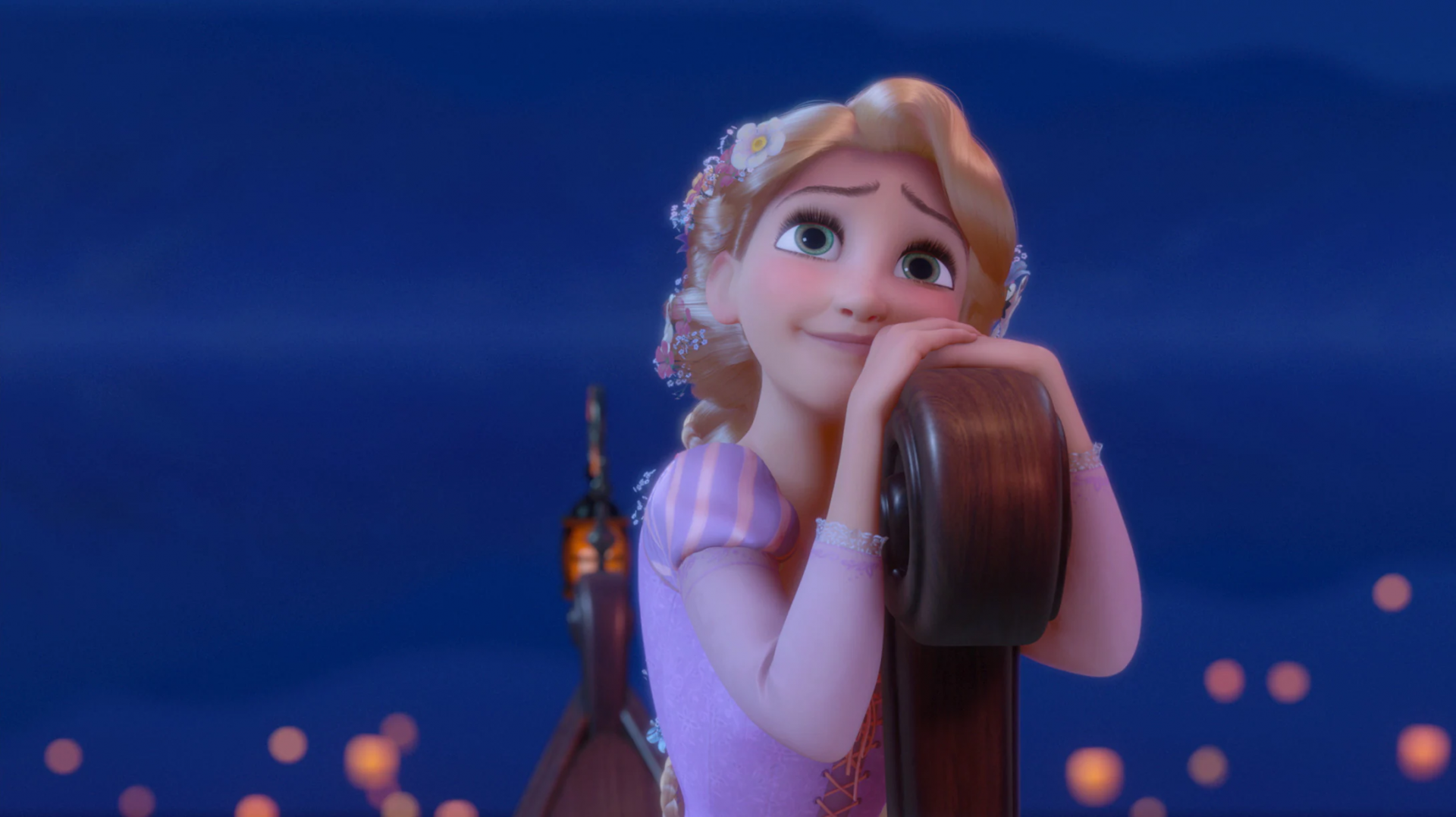 |
| Photo: Disney Princess |
There were once a man and a woman who had long in vain wished for a child. At length the woman hoped that God was about to grant her desire.
These people had a little window at the back of their house from which a splendid garden could be seen, which was full of the most beautiful flowers and herbs. It was, however, surrounded by a high wall, and no one dared to go into it because it belonged to an enchantress, who had great power and was dreaded by all the world. One day the woman was standing by this window and looking down into the garden, when she saw a bed which was planted with the most beautiful rampion (rapunzel), and it looked so fresh and green that she longed for it, and had the greatest desire to eat some.
This desire increased every day, and as she knew that she could not get any of it, she quite pined away, and looked pale and miserable. Then her husband was alarmed, and asked, "What aileth thee, dear wife?" "Ah," she replied, "if I can't get some of the rampion, which is in the garden behind our house, to eat, I shall die." The man, who loved her, thought, "Sooner than let thy wife die, bring her some of the rampion thyself, let it cost thee what it will." In the twilight of the evening, he clambered down over the wall into the garden of the enchantress, hastily clutched a handful of rampion, and took it to his wife. She at once made herself a salad of it, and ate it with much relish. She, however, liked it so much—-so very much, that the next day she longed for it three times as much as before.
If he was to have any rest, her husband must once more descend into the garden. In the gloom of evening, therefore, he let himself down again; but when he had clambered down the wall he was terribly afraid, for he saw the enchantress standing before him. "How canst thou dare," said she with angry look, "to descend into my garden and steal my rampion like a thief? Thou shalt suffer for it!" "Ah," answered he, "let mercy take the place of justice, I only made up my mind to do it out of necessity. My wife saw your rampion from the window, and felt such a longing for it that she would have died if she had not got some to eat."
Then the enchantress allowed her anger to be softened, and said to him, "If the case be as thou sayest, I will allow thee to take away with thee as much rampion as thou wilt, only I make one condition, thou must give me the child which thy wife will bring into the world; it shall be well treated, and I will care for it like a mother." The man in his terror consented to everything, and when the woman was brought to bed, the enchantress appeared at once, gave the child the name of Rapunzel, and took it away with her.
Rapunzel grew into the most beautiful child beneath the sun. When she was twelve years old, the enchantress shut her into a tower, which lay in a forest, and had neither stairs nor door, but quite at the top was a little window. When the enchantress wanted to go in, she placed herself beneath it and cried,
"Rapunzel, Rapunzel,
Let down your hair to me."
Rapunzel had magnificent long hair, fine as spun gold, and when she heard the voice of the enchantress she unfastened her braided tresses, wound them round one of the hooks of the window above, and then the hair fell twenty ells down, and the enchantress climbed up by it.
After a year or two, it came to pass that the King's son rode through the forest and went by the tower. Then he heard a song, which was so charming that he stood still and listened. This was Rapunzel, who in her solitude passed her time in letting her sweet voice resound. The King's son wanted to climb up to her, and looked for the door of the tower, but none was to be found. He rode home, but the singing had so deeply touched his heart, that every day he went out into the forest and listened to it. Once when he was thus standing behind a tree, he saw that an enchantress came there, and he heard how she cried,
"Rapunzel, Rapunzel,
Let down your hair."
Then Rapunzel let down the braids of her hair, and the enchantress climbed up to her. "If that is the ladder by which one mounts, I will for once try my fortune," said he, and the next day when it began to grow dark, he went to the tower and cried,
"Rapunzel, Rapunzel,
Let down your hair."
Immediately the hair fell down and the King's son climbed up.
At first Rapunzel was terribly frightened when a man such as her eyes had never yet beheld, came to her; but the King's son began to talk to her quite like a friend, and told her that his heart had been so stirred that it had let him have no rest, and he had been forced to see her. Then Rapunzel lost her fear, and when he asked her if she would take him for her husband, and she saw that he was young and handsome, she thought, "He will love me more than old Dame Gothel does;" and she said yes, and laid her hand in his. She said, "I will willingly go away with thee, but I do not know how to get down. Bring with thee a skein of silk every time that thou comest, and I will weave a ladder with it, and when that is ready I will descend, and thou wilt take me on thy horse." They agreed that until that time he should come to her every evening, for the old woman came by day. The enchantress remarked nothing of this, until once Rapunzel said to her, "Tell me, Dame Gothel, how it happens that you are so much heavier for me to draw up than the young King's son—-he is with me in a moment." "Ah! thou wicked child," cried the enchantress "What do I hear thee say! I thought I had separated thee from all the world, and yet thou hast deceived me." In her anger she clutched Rapunzel's beautiful tresses, wrapped them twice round her left hand, seized a pair of scissors with the right, and snip, snap, they were cut off, and the lovely braids lay on the ground. And she was so pitiless that she took poor Rapunzel into a desert where she had to live in great grief and misery.
On the same day, however, that she cast out Rapunzel, the enchantress in the evening fastened the braids of hair which she had cut off, to the hook of the window, and when the King's son came and cried,
"Rapunzel, Rapunzel,
Let down your hair,"
she let the hair down. The King's son ascended, but he did not find his dearest Rapunzel above, but the enchantress, who gazed at him with wicked and venomous looks. "Aha!" she cried mockingly, "Thou wouldst fetch thy dearest, but the beautiful bird sits no longer singing in the nest; the cat has got it, and will scratch out thy eyes as well. Rapunzel is lost to thee; thou wilt never see her more." The King's son was beside himself with pain, and in his despair he leapt down from the tower. He escaped with his life, but the thorns into which he fell, pierced his eyes. Then he wandered quite blind about the forest, ate nothing but roots and berries, and did nothing but lament and weep over the loss of his dearest wife. Thus he roamed about in misery for some years, and at length came to the desert where Rapunzel, with the twins to which she had given birth, a boy and a girl, lived in wretchedness. He heard a voice, and it seemed so familiar to him that he went towards it, and when he approached, Rapunzel knew him and fell on his neck and wept. Two of her tears wetted his eyes and they grew clear again, and he could see with them as before. He led her to his kingdom where he was joyfully received, and they lived for a long time afterwards, happy and contented.
What is the Moral of Rapunzel?This tale teaches many lessons to children. The consequences of stealing, the value of patience and determination, are some of these qualities. It is because of Rapunzel’s parents’ actions that Rapunzel is taken away by the witch. Yet at the end of the story, it is the young lovers’ patience and determination to find each other that unite them. Therefore, the moral of the story can be described as follows. When something is destined to happen then no one, by any of their powers, can stop that from happening. We should never give up on our hopes no matter how bad or hard the situation. However, this tale could also have a different interpretation for adults. It serves as a caution for adults that children grow up no matter how hard the parents try to shield them from the harsh realities of life. Unfortunately, we have to make some mistakes in life in order to learn how to navigate the world. Being locked away from everyone and everything makes us more likely to be a victim, not less. The witch’s dilemma is a dilemma faced by every parent. How can I help my child be safe? How can I keep them from being hurt? The answer is that we can’t keep our children from harm, not and expect them to be effective and self-reliant. Watching those younger than we are charge into situations we see as disastrous is hard. The fact is that no matter how much we try to warn or protect them, they must learn these things for themselves. In the end, Rapunzel finds her way despite the witch, who banishes her to the wilderness when she discovers the girl is pregnant. Rapunzel has twins, a boy and a girl, and is raising them when she meets the prince again. The prince has been wandering, blinded by briers after the witch threw him out the tower window. Rapunzel’s tears of sympathy heal his damaged eyes. They return to his home, marry, and live happily ever after. While her life is challenging because of the witch’s extreme attempts at protection, Rapunzel still makes a good life for herself. She overcomes the disadvantages of overprotection and finds her happy ending. Her story teachs us that overprotection doesn’t work, but it can be overcome. |
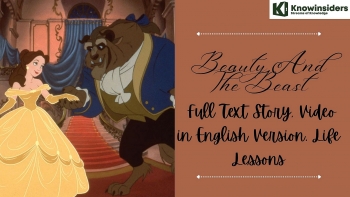 Beauty And The Beast FairyTale: Full Text Story, Video in English Version, Life Lessons Beauty And The Beast FairyTale: Full Text Story, Video in English Version, Life Lessons Reading or watching the best fairy tale of Beauty And The Beast: Here are the full-text story, beautiful pictures, and the best video in the ... |
 Little Red Riding Hood FairyTale: Full Text Story, Video in English Version and Life Lessons Little Red Riding Hood FairyTale: Full Text Story, Video in English Version and Life Lessons Reading or watching the best fairy tale of Little Red Riding Hood: Here are the full-text story, beautiful pictures, and the best video in the ... |
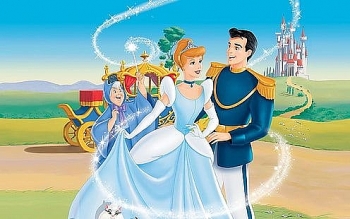 Cinderella FairyTale: Full Text Story, Video in English Version, Life Lessons Cinderella FairyTale: Full Text Story, Video in English Version, Life Lessons Reading or watching the best fairy tale of Cinderella (The Little Glass Slipper): Here are the full text story, beautiful pictures and best video in ... |
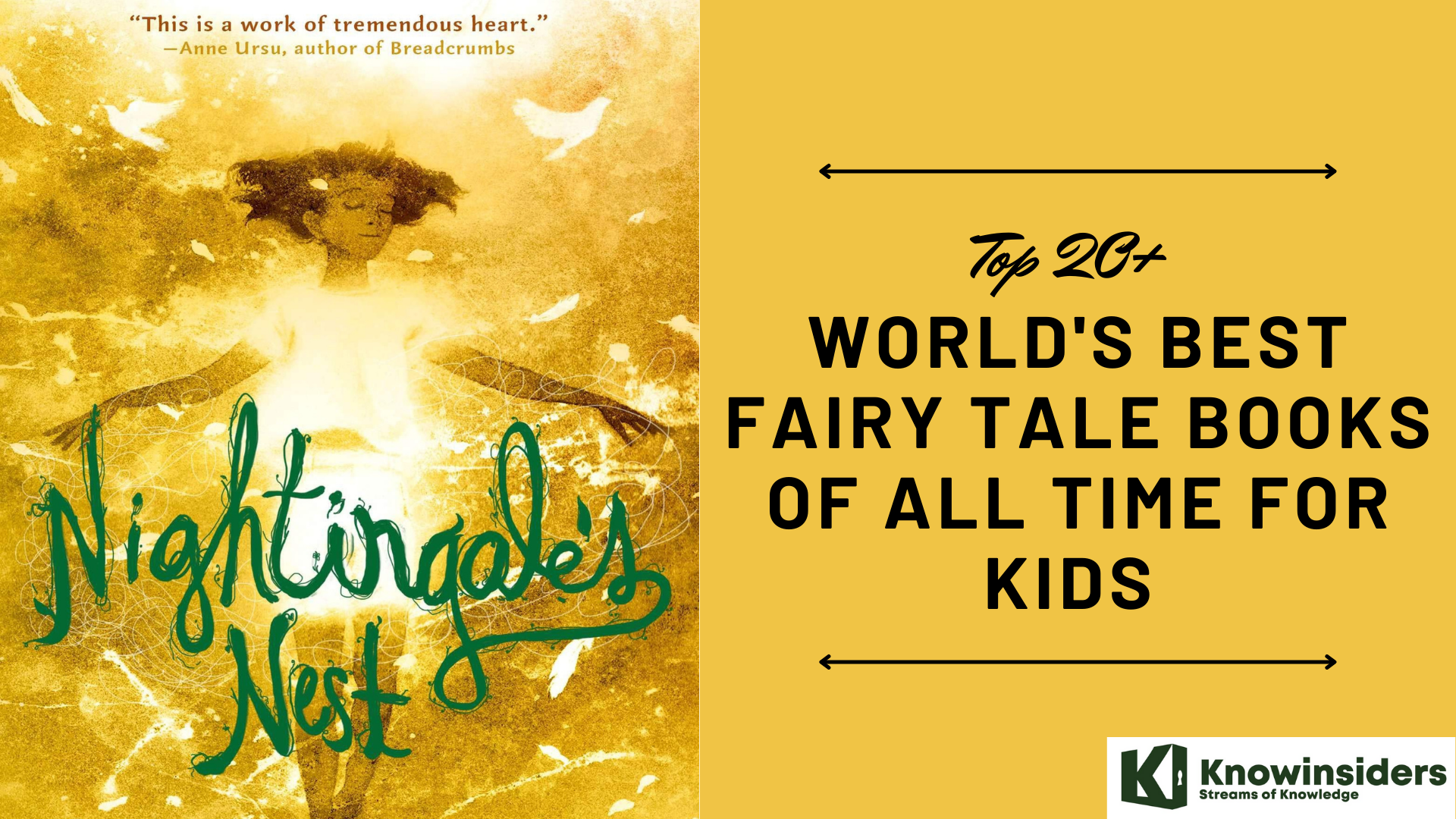 Top 20+ World's Best Fairy Tale Books Of All Time For Kids Top 20+ World's Best Fairy Tale Books Of All Time For Kids Fairy tale books are interesting, full of magic and wonderful moments, and valuable lessons for kids to learn from. Take a look at the list ... |


























